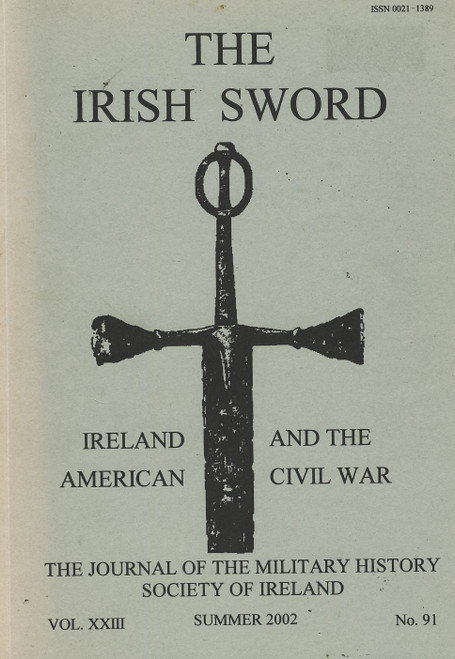Product Description
Until the early eighteenth century, life for the majority of people in Ireland had not changed greatly since the Middle Ages, but then the pace of change began to accelerate. New sources of power heralded the Industrial Revolution in Britain, although Ireland's economy continued to be largely agriculture-based. However, a better transport system was needed to enable more efficient movement of goods and materials. This was provided by the civil engineers who planned, designed and built the canals, improved the existing roads, developed the railways, and extended the harbours. They also provided water supplies for the growing centres of population and systems for the disposal of wastewater required for improvements in public health. Fully illustrated throughout, the book is an important contribution to the industrial history of Ireland and describes the achievements of such famous names as Alexander Nimmo, Sir John Macneill, Bindon Blood Stoney and John Killaly. It includes a gazetteer of many surviving historical civil engineering works, ranging from bridges, aqueducts and viaducts, to canals, dams and water supplies, and from docks and harbours to lighthouses.
Ronald Cox is a Research Associate in the Department of Civil, Structural & Environmental Engineering at Trinity College Dublin. Founder of the Centre for Civil Engineering Heritage, he is Chairman of the Engineers Ireland Heritage Society, and on the Board of the Irish Architectural Archive. Major publications include Ireland's Bridges (2002), and Engineering Ireland (2006).
Philip Donald is a retired civil engineer whose career embraced the construction of major projects, including a dam in Argentina; and in Northern Ireland, the Foyle Bridge and the Belfast Cross-Harbour Bridges. He is a past Chairman of ICE(NI). Publications include Mud on my Boots: The Memoirs of a Civil Engineer (2009)
 Euro
Euro
 British Pound
British Pound







